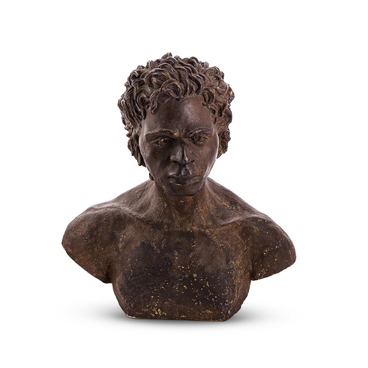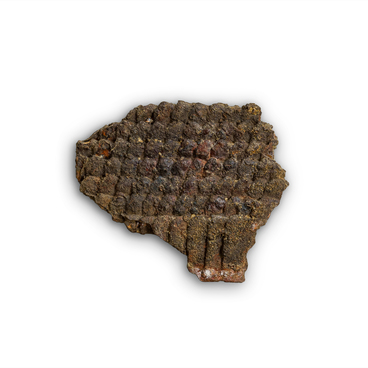Wooly rhinoceroses lived alongside mammoths during the Pleistocene epoch. These were large animals that resembled their modern counterparts in appearance. They measured up to 1.5 meters in height and 4.5 meters in length. A wooly rhinoceros could weigh two tons.
A distinguishing feature of the wooly rhinoceros was its squat build. It had short legs and an elongated body with a powerful hump on the back of its neck that contained a fat reserve. The animal had thick fur and two side-by-side horns.
Like modern representatives of the species, the wooly rhino was an herbivore. It ate grasses, flowers, mugworts, moss, and to a lesser extent, leaves of spruce, fir, larch, willow, and birch. The dry and snow-free climate suited their herbivorous diet. The height of the snow cover in its habitat did not exceed 25 centimeters, allowing the rhinos easy access to vegetation.
It is likely that the immediate ancestors of the wooly rhinoceros originated approximately two million years ago in East Asia, in the region of the northern foothills of the Himalayas. Over a period of several hundred thousand years, these animals evolved and dispersed across the globe. Consequently, wooly rhinos roamed a vast area that encompassed almost the entire northern part of Eurasia. Nevertheless, similar to mammoths, due to the hotter climate at the end of the Pleistocene period, their numbers declined and they eventually became extinct approximately 8 or 14 thousand years ago.
A significant proportion of finds of wooly rhinoceros remains have been discovered in the Russian north. Scientists have identified numerous traces of this species at Paleolithic sites in Siberia. For example, during excavations at the late Paleolithic sites of Buret and Malta (Mal’ta–Buret’ culture), which are located in the Usolsky District of the Irkutsk Oblast, numerous bones and horns belonging to the wooly rhinoceros were unearthed. This fact suggests that this animal was hunted not only for its meat, but also for ritualistic purposes. Well-preserved images of the wooly rhinoceros partially support this assumption.


